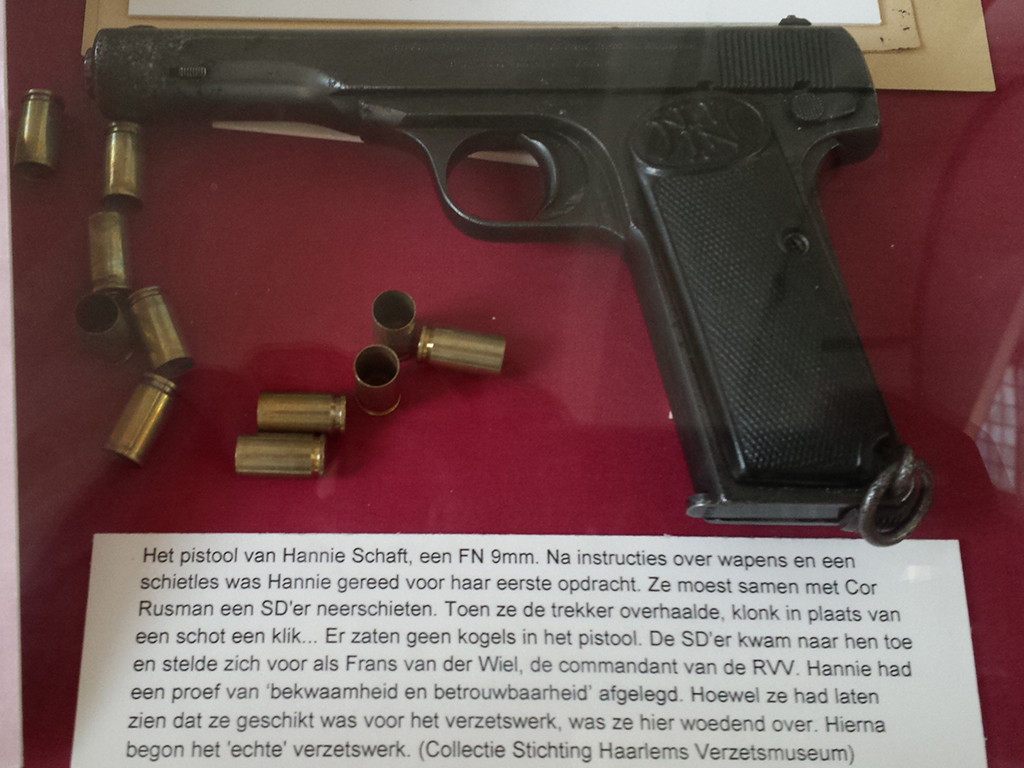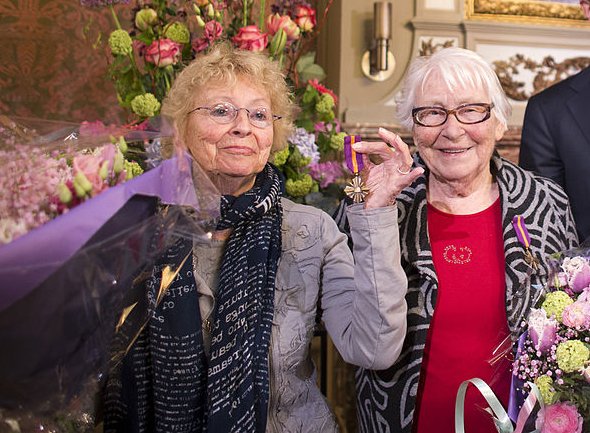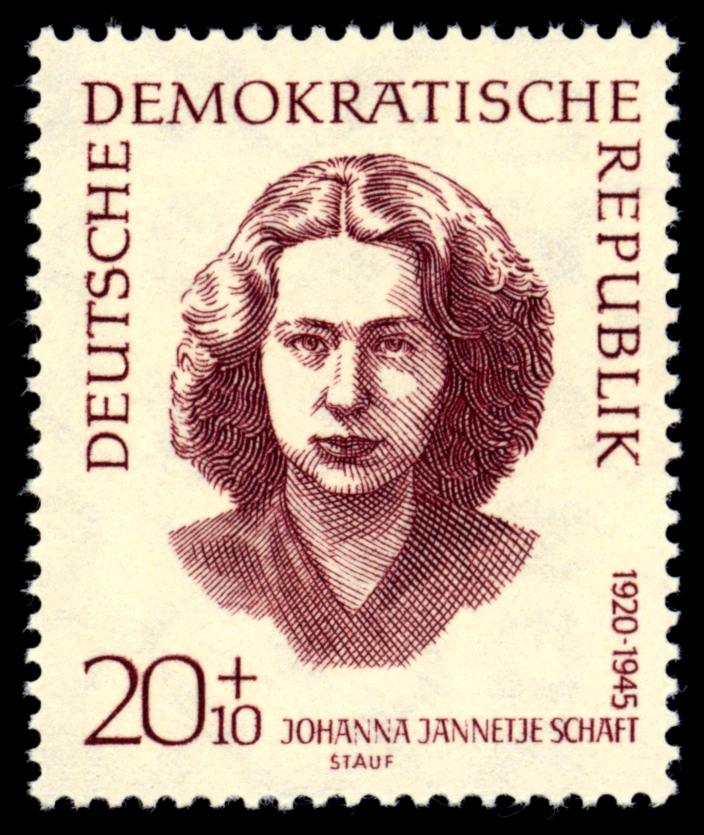(Unless otherwise stated all photographs are Public domain/common licence)
Hannie Schaft was born in Haarlem northern Holland on 16 September 1920.
After the German occupation of the Netherlands Hannie Schaft started providing stolen and forged identity papers to Jewish families to prevent them being deported to concentration camps. This first act of resistance by 20-year-old Shaft came to the attention of the Council of the Resistance which was a group closely linked to the Communist Party of the Netherlands and they decided to recruit her.
The leadership wanted her to become a courier but Schaft refused and said she wanted to fight the Germans.

Shortly after completing her firearms and other training a member of the resistance pointed out a senior Gestapo officer and told her to kill him.
Schaft walked behind the officer then put her pistol to his head and pulled the trigger but all she heard was a click. Unbeknown to Schaft the Gestapo officer was a member of the resistance, she had been given an unloaded pistol and this was a test to ensure she was capable of assassinating members of the occupying forces and collaborators.

One of several assassinations took place on 15 March 1945 when Hannie and 16-year-old Truus Oversteegen whose sister was also with the resistance shot dead Ko Langendisk who was a paid German informer. Truus later said, after the assassination they both hid in a hotel and Hannie put on face powder because she wanted to die pretty.

Hannie Schaft had distinctive red hair and after being involved in acts of sabotage and several assassinations she was high on the German wanted list and was known as ‘the girl with the red hair’. Aware the Germans had her description and were looking for her Schaft dyed her hair black and continued her resistance work.
Apart from assassinations and sabotage including her part in blowing up a power station near Haarlem she also transported and distributed weapons.
On 25 March 1945 Schaft was arrested at a routine German checkpoint in Haarlem but only after her interrogators noticed the red roots of her hair did the Gestapo suspect she was the woman on their wanted list. It has also been alleged another member of the resistance identified her after they had been tortured.
Three weeks before the end of the war Hannie Schaft was shot but the first bullet did not kill her. It has been widely claimed although seriously injured Schaft said to her executioner, “I shoot better than that”, after which she was killed by a second bullet to the head.
On 27 November 1945 Hannie was reburied during a state funeral along with 421 other members of the Dutch resistance who had served with various organisations.

During the Cold War East Germany used Hannie Schaft in their propaganda and printed a postage stamp in her memory and due to increasing tensions between the Soviet Union, the Warsaw Pact and western Europe the history of the Communist section of the Dutch resistance became politically unpopular. Only after the fall of the Berlin Wall did the communist resisters who fought for the liberation of the Netherlands once again start to be recognised for their sacrifices and bravery.
Further reading and information
Kathryn Atwood, Women Heroes of World War Two
Hannie Schaft foundation https://hannieschaft.nl/to-all-international-visitors/

Excellently researched piece on such a brave lady.
LikeLike